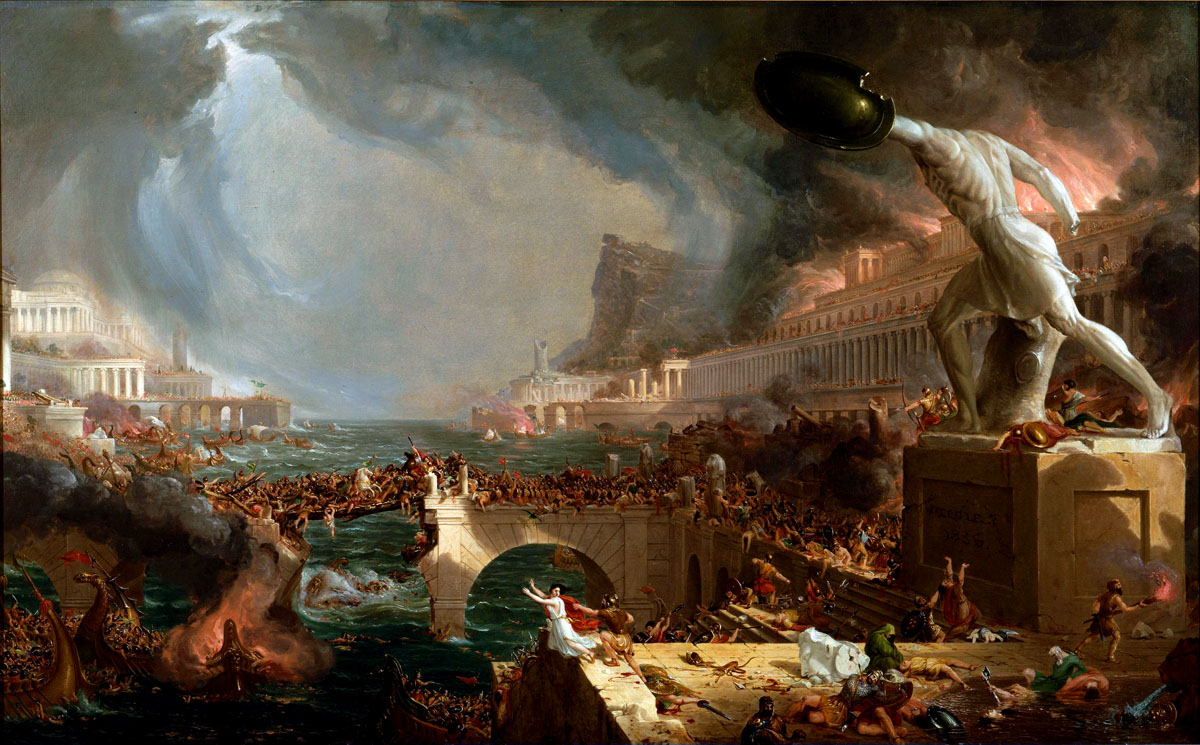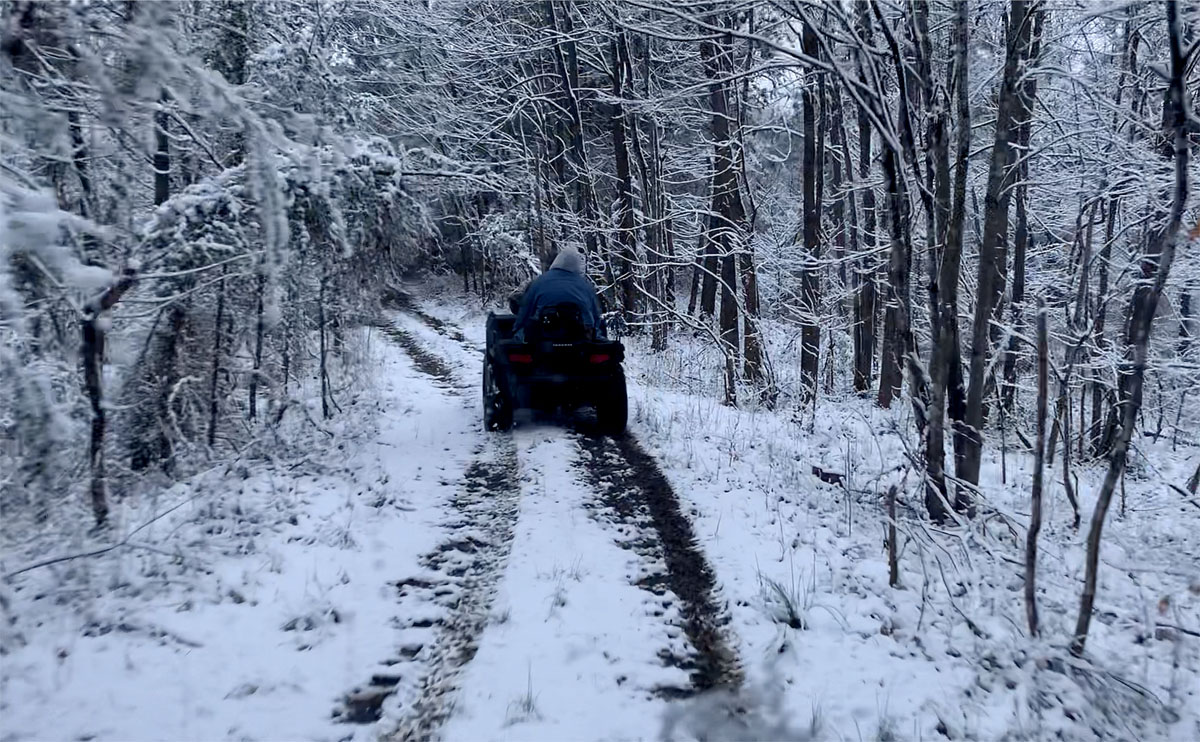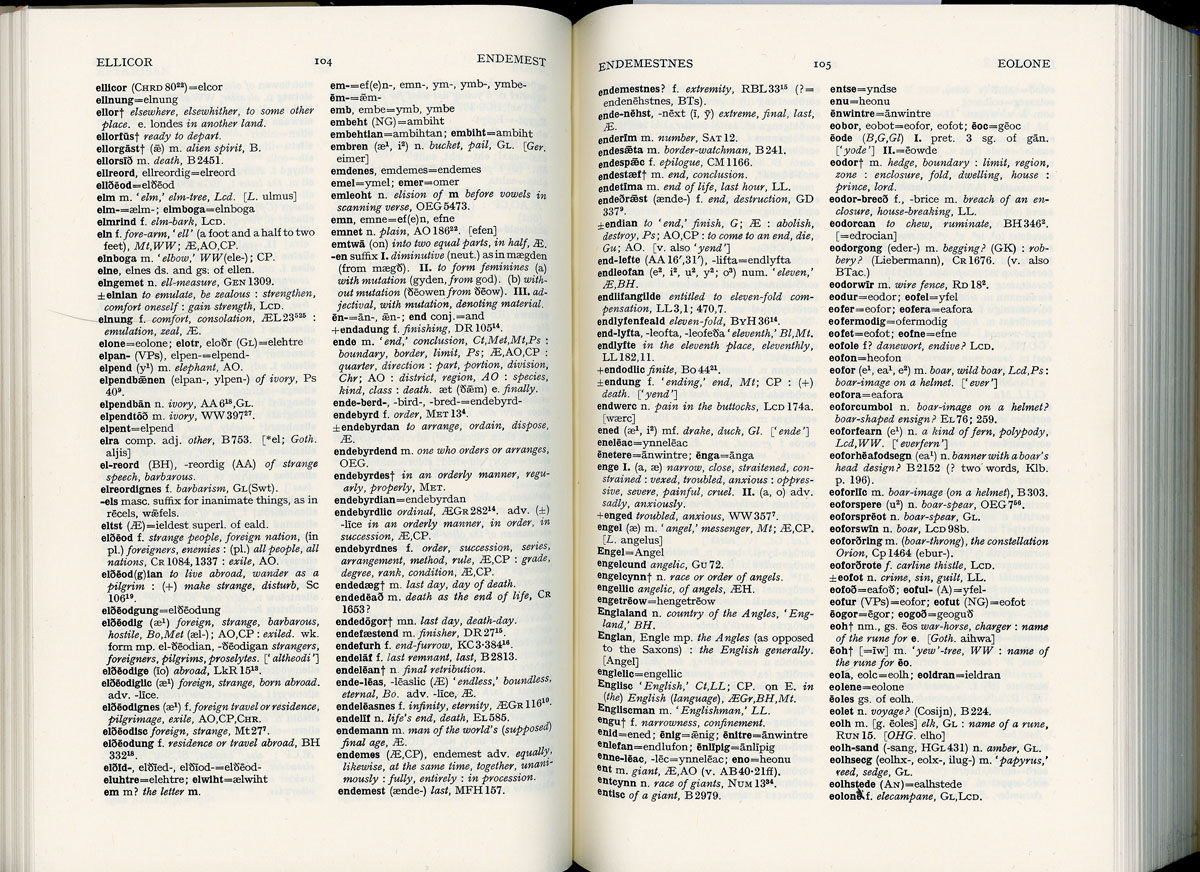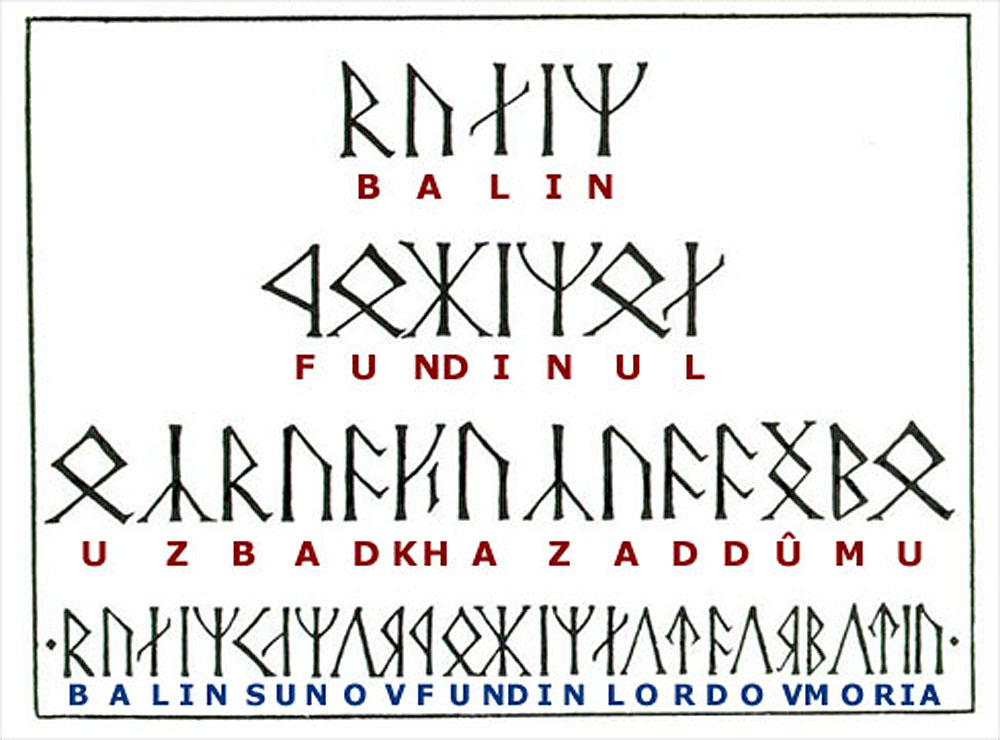
“The Course of Empires: Destruction.” Thomas Cole, 1836. Click here for high-resolution version.
About two years ago, I reviewed Kyle Harper’s book The Fate of Rome: Climate, Disease, and the End of an Empire. Harper drew on new climate research and what we might call archeological microbiology to remind us that political histories are only partial histories. Nature bats last. Are you listening, Donald Trump?
Harper’s book was reviewed in all the right places. Here are some short reads on the book in the L.A. Review of Books, The Atlantic, and Foreign Affairs.
About the painting: The painting above by Thomas Cole is part of a series called “The Course of Empire.” There are five paintings in the set: “The Savage State,” “The Arcadian or Pastoral State,” “The Consummation of Empire,” “Destruction,” and “Desolation.” You can see all the paintings on Wikipedia.
Trump & Company have been saying this week that the coronavirus is being hyped by Democrats to spook the stock market and take down Trump. As for hype, I don’t know. But one thing is certain: We Democrats are delighted to see Trump swept up in a situation that he and his goons can’t lie, cheat, and spin their way out of (though they’re trying). We’re daring to hope for the near-impossible: That Trump’s inability to control a pandemic and the stock market will help members of the Trump cult see how feckless and corrupt Trump really is.
The downturn in global markets is looking pretty serious. My guess, though, is that the coronavirus is the last straw, not the cause, of the market correction. There have been many warning signs and ominous economic indicators. I’m surprised that the market held up for as long as it did.
How scared should we be of the coronavirus? There are some things that I think are particularly disturbing. Rush Limbaugh says it’s just a cold. But colds — or flu, for that matter — don’t have fatality rates approaching 2 percent. The words “difficulty breathing” are very scary words. Bloomberg has reported that two-thirds of the critically ill patients required a month or more on mechanical ventilators. Just how much equipment do hospitals have available for providing “invasive breathing support”? You don’t want to get this virus.
Much has been written about how to prepare for the possibility of pandemic. The most important thing, it seems to me, is to have enough food and supplies stashed away that you can stay home, possibly for weeks at a time. That preparation, if not already done, needs to be done now. If the situation worsens, groceries stores may be overwhelmed even as supply lines break down.
I want to mention a powerful voice for sanity and support in a time of plague and poison politics. That’s Heather Cox Richardson, who posts on Facebook pretty much every day on each day’s significant events. She is a professor of history at Boston College. I have pre-ordered her new book, which will be released April 1: How the South Won the Civil War: Oligarchy, Democracy, and the Continuing Fight for the Soul of America. If you search Facebook for her name, you’ll find her.
Update: I have long identified as a left-wing prepper. Here’s a nice piece in the New York Times about what that means, by someone who, like me, has a San Francisco attitude toward being prepared: How to Be a Smart Coronavirus Prepper: Instead of freaking ourselves out, we need to plan for a difficult future every day.
I would add a bit of advice to the ideas above, based on my experience. Canned food and frozen food are practical only if you are diligent about rotating your stock and watching expiration dates. Otherwise, I’d suggest looking into the storage food that is sold mostly into the right-wing prepper market. These are large buckets of dried foods. The food is packed in Mylar, and vacuum and nitrogen are used to extend shelf life. These foods are supposed to keep up to 25 years if properly stored.








